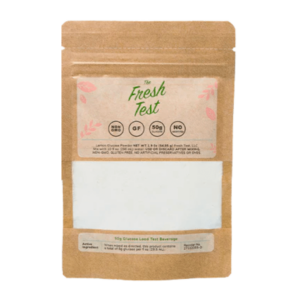Hey there, mamas-to-be! Pregnancy is a very exciting time, but it also comes with some not-so-fun stuff like swollen feet and bizarre food cravings. And now, you get to add one more thing to the list: the glucose test. This simple test helps to see if you have gestational diabetes, a type of diabetes that can develop during pregnancy. So, let’s dive into the sweet world of glucose testing, shall we? Is there a better, safer alternative? What are the common glucose test ingredients?
Keep reading to learn more about this pregnancy sugar test!
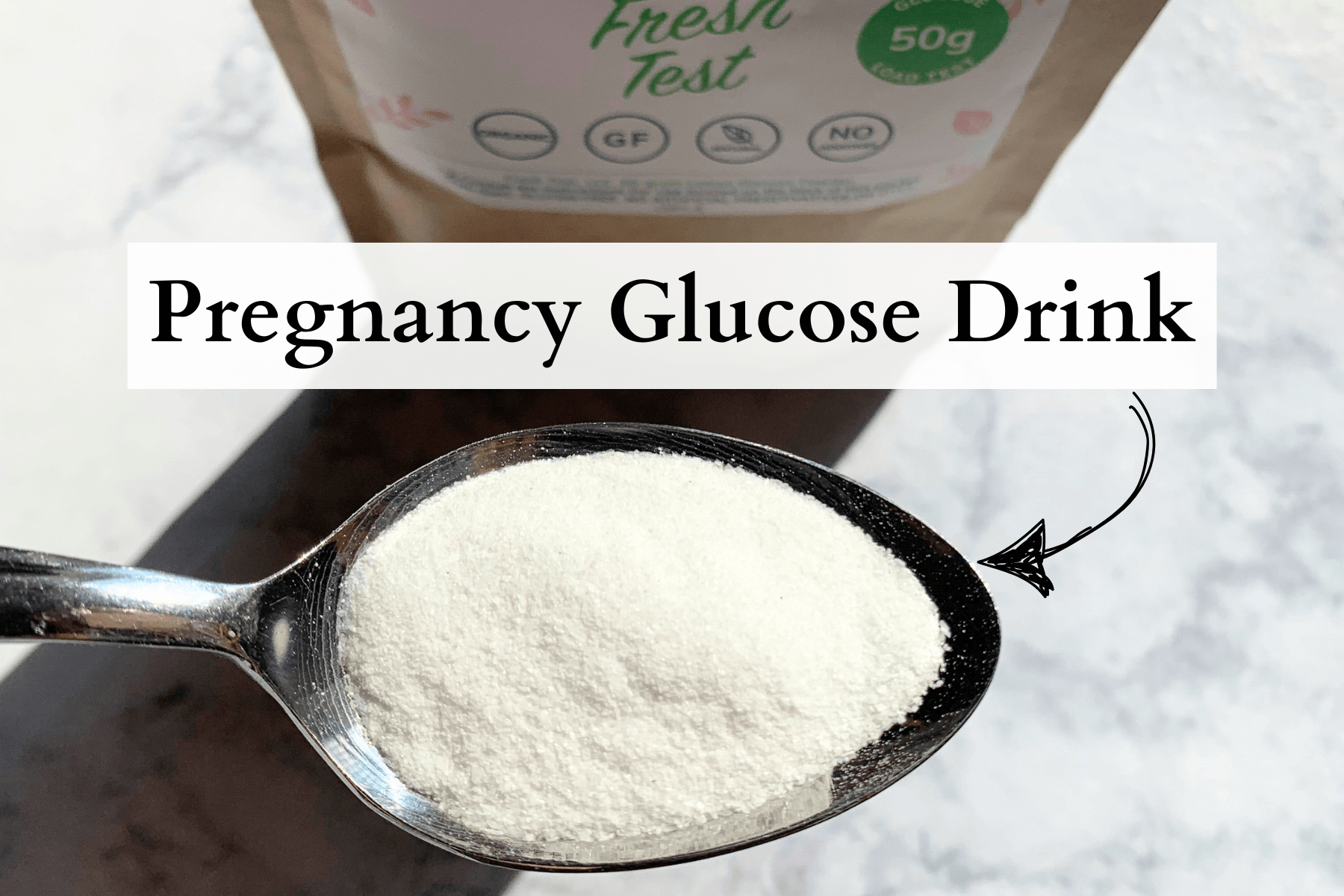
Note: This article contains affiliate links, meaning In On Around will make a small commission at no additional cost to you. This helps me maintain the site. As always, I value full transparency & only work with brands I love and trust.
What Is The Glucose Tolerance Test?
The oral glucose tolerance test (OGTT) during pregnancy is performed to see if you have gestational diabetes (GD), a kind of diabetes that can happen when you’re pregnant. It’s also referred to as the glucose test, Kolodex, or Glucola testing. If you’ve ever taken the test, you’d know that the drinks are typically neon orange or red with food dye and mixed with a wide range of preservatives & nasty ingredients. Definitely not the most palatable or pleasant experience.
During this test, you drink a very sugary drink (usually 50-100 grams of glucose) and then the doctor checks your blood sugar levels. They usually do the test when you’re around 24-28 weeks pregnant, and it’s important because gestational diabetes can cause problems for both you and your baby.
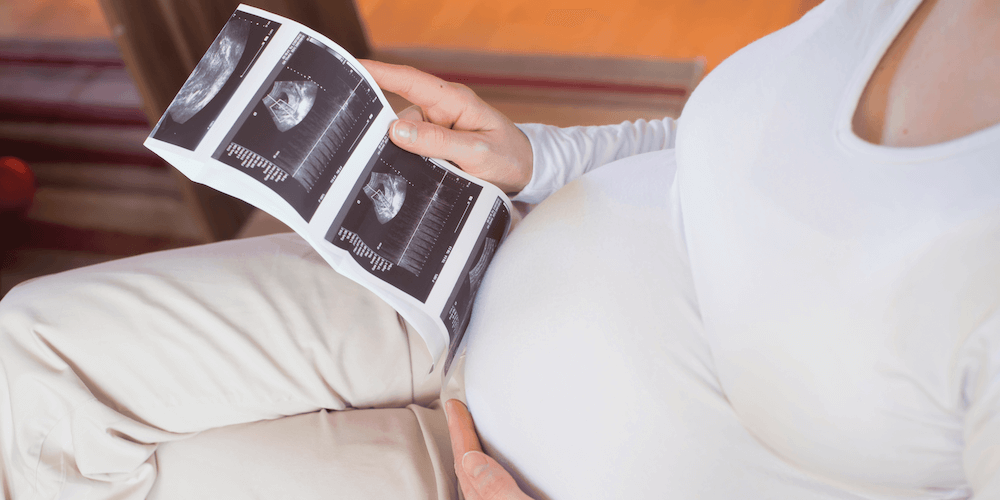
How Common Is Gestational Diabetes?
Gestational diabetes is fairly common. In fact, as of 2021, about 8.3% of United States mothers were diagnosed with the condition. [1]
If you have a family history of diabetes, are overweight, are older in age, are carrying twins, or previously had gestational diabetes in an earlier pregnancy, you’re at a higher risk. Those with heart disease, polycystic ovarian syndrome (PCOS), high blood pressure, and those who are inactive are also at risk. [2]
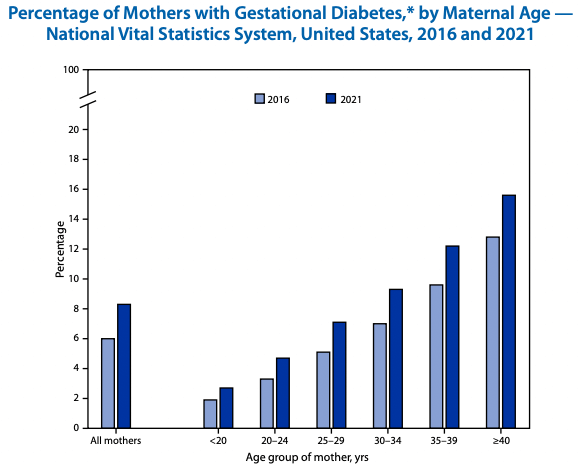
No one really knows for sure WHY gestational diabetes is so prevalent, but it’s thought to be caused by the placenta’s growth. A growing placenta releases human placental lactogen (HPL), which can interfere with the mother’s insulin. [3]
Typically, normal blood glucose levels are under 140 mg/dL. Pre-diabetes is about 140-199 gm/dL, with diabetes ranging upwards of 200+ mg/dL.
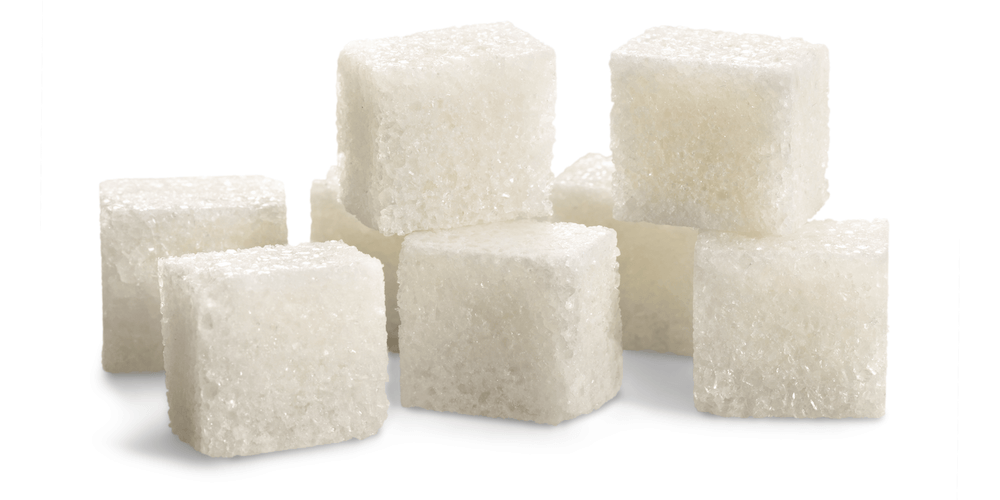
Gestational Diabetes Symptoms
There are quite a few potential symptoms you can experience if you have GD. This form of diabetes occurs when your body doesn’t make enough insulin during your pregnancy. Insulin is an essential hormone that’s made by your pancreas – it allows blood sugar into your cells so your body can use it for energy. [4] GD can be a serious condition – nothing to be dismissed!
There are certain risks that can impact both the mom & baby, such as:
Potential Risks To The Mother
- High blood pressure
- Increased risk of diabetes long-term
- Increased risk of C-section birth
- Preeclampsia (can cuse high blood pressure)
- Fatigue
- Nausea
- Higher risk of stillbirth
- Frequent urination
- Excessive thirst
- Vaginal, bladder, or skin infections
- Blurred vision
- Tingling in hands and feet
In 2020, diabetes was the 8th leading cause of death in the United States. [5]
Potential Risks To The Baby
- Excessive birth weight
- Breathing difficulties
- Pre-term birth
- Shoulder dystocia (shoulders get stuck during delivery)
- Low blood sugar (hypoglycemia)
- Stillbirth
- Macrosomia (baby can grow too big in-utero, like 9 lbs. or more)
- Increased risk of diabetes
- Increased risk of obesity
- Respiratory problems
- Jaundice
- The need for neonatal intensive care
… and more. GD is nothing to scoff at.
There is no shame if you’ve been diagnosed. There are a lot of unknowns and things out of your control, especially while pregnant – so give yourself grace. We don’t 100% know why insulin is sometimes impacted during pregnancy. While it can be a scary diagnosis, you can work with your doctor to come up with a plan to have a healthy pregnancy.

Natural Treatments For Gestational Diabetes
First and foremost, if you’re diagnosed with GD, work with your doctor on a treatment plan that’s best for you. Some holistic doctors will ask you to cut back on carbs and focus on anti-inflammatory foods. Focusing on high-quality, organic fruits & vegetables and meals rich in vitamins/minerals are key. To learn more about anti-inflammatory food options, check out: How To Eat An Anti-Inflammatory Diet.
There’s also a potential link between a Vitamin D deficiency and gestational diabetes, so make sure you’re not deficient in Vitamin D. [6] Magnesium and Selenium have also been shown to potentially improve blood sugar levels [7, 8] Probiotics, fermented foods, or myo-inositol may also be able to help! [9, 10] To learn more about fermented food options, check out: Fermented Foods – Are They Really Gut-Healthy?
High-quality sleep (… which I know is difficult while pregnant) and regular exercise can also help mitigate gestational diabetes. [11, 12] Even taking a short walk after eating a meal can help reduce blood sugar spikes, in general. [13] To learn more about sleep tips, check out: Open When You Can’t Sleep! 18 Tips To Beat Insomnia.
Community Feedback:
I asked the In On Around community on Instagram to share their experiences with the glucose test. After receiving over 40 responses from moms and mamas-to-be, here are the highlights:
Negative Responses:
- “With my first, I didn’t know better. Drank it and felt sick for days. The nurse told me to hold it in if I need to puke. For my second, I tried to opt out of the test (as it’s my right to say no), but my doctor gave me a candy bar instead. It was so much better.”
- “My best friend immediately vomited it back up. The nurse told her to just drink a regular Coke instead.”
- “I hated having to take it, but my OB was so dismissive when I presented other options.”
- “Tastes terrible. SO, SO sweet. Makes you want to throw up as it settles in your stomach.”
- “Tastes gross the more I had. Felt like eating too much pineapple at the end. I was nauseous.”
- “Made me feel horrible and nauseous. I had to do it three times!”
- “Tasted nasty and made me get a headache/just gross for hours after. Drank a ton of water and made sure to have a lot of protein afterwards to offset the effects.”
- “I refused it”
- “I used a glucose monitor instead”
- “Felt like death the rest of the day.”
- “Taste was SUPER sweet, like syrup. Experience really sucked. Super tired and out of it the rest of the day.”
- “Taste was fine, but so sugary my throat burned by the end. Felt so icky for a few hours after.”
Be a conscious consumer. Choose the best option for you & your baby.
Positive Responses:
- “No side effects at all for me! It was clear, fruit punch flavored and I actually liked it.”
- “I used Fresh Test for baby number three and it was way better taste-wise!”
- “Did the Fresh Test instead. It was delish!”
- “It’s really not that bad. And it’s one time, it’s better than keeping a sugar log.”
- “Second pregnancy I used Fresh Test and had zero side effects.”
Reminder: Your doctor/OBGYN can’t force you to take anything you don’t want to take.
Does Gestational Diabetes Go Away After Giving Birth?
Yes, typically gestational diabetes mellitus will go away after giving birth, although it can increase the risk of type II diabetes later in life for both the mother and child. You can refuse any glucose screening, however, it’s in your best interest to ensure you’re properly monitored for gestational diabetes. I don’t recommend skipping the test altogether, but you DO have other options with safer ingredients.
What To Expect During & After The Glucose Test
When you’re taking the glucose test, you’ll be asked to fast. Don’t eat after midnight the day prior. You’ll be asked to drink the entirety of the solution within five minutes. Most doctors won’t allow you to eat or drink anything else after taking the solution. After an hour, your blood is drawn to track how your body reacts. It’s far more sugar than the average can of soda, so for most women, you can experience a major sugar crash.
Typically, after a few days, you’ll receive the rest results from your doctor. If the result comes back abnormal, you’ll be asked to take a 3-hour glucose tolerance test (GTT), where you would fast and have blood checked at each hourly interval.
Keep in mind, there is a high rate of false positives on the 1-hour glucose challenge test. In fact, about 15-20% of women will test positive for GD, although only about 2-5% are told they have GD after a follow-up test. So, if you have to retake the test, don’t be worried! It’s also more common to fail the test later on in pregnancy or if you’re commonly on a low-carb, high-fat diet. [14] It’s more of a screening test, versus a diagnostic test.

Glucose Test Potential Side Effects
It’s common to experience some side effects when taking the glucose test, such as:
- Nausea
- Vomiting
- Bloating
- Diarrhea
- Fatigue
- Dizziness
- Fainting
- Allergic reactions
- Headache
- “Crash & burn” feeling
After taking the test, drinking water and eating a meal rich in protein may help counteract some of the side effects.
Check Out The In On Around Shop
Glucose Test Ingredients
If you’re health-conscious, there are certain ingredients commonly used in the conventional glucose test that you may not be comfortable consuming if pregnant. Note: not all glucose tests contain each of these ingredients. You can request to see the ingredient label with your doctor.
- Brominated Vegetable Oil (BVO)
- This contains bromine, which is patented for use as a flame retardant.
- It’s banned in Europe and Japan. [15]
- Bromine can potentially accumulate in the body and in breast milk. It’s potentially linked to heart lesions, irritation, fatty changes in the liver, and neurological symptoms, in some people. Some women are allergic to BVO.
- Like Brominated Soybean Oil, which may inhibit thyroid function and irritate mucous membranes.
- Dextrose
- This is typically derived from either GMO-corn or GMO-wheat. It’s the simple sugar that will cause blood sugar to rise in the glucose test. Non-GMO is best!
- To learn more about GMOs, check out: 13 Pros and Cons of GMOs (Backed By Evidence)
- Artificial food dyes, like Red Dye #40 and Yellow Dye #6
- Sodium Hexametaphosphate (SHMP)
- This is commonly used as a food texturizer, emulsifier, and thickener. It may be linked to calcium deposits in the kidneys and excess acidity in the body. [21]
- Sodium Benzoate
- This is a preservative that’s made by combining sodium hydroxide + benzoic acid. There’s some concern that sodium benzoate in food is potentially linked to ADHD & cancer. [22]
- Natural Flavoring
- This is an umbrella term for substances that are extracted from plant or animal sources.
- While they’re certainly not the worst offender, many pregnant women choose to err on the side of caution, since companies can have multiple undisclosed ingredients listed under the term natural flavoring.
Some brands also contain corn syrup, Butylated Hydroxyanisole (BHA), glycerol ester of wood rosin, and more.
You have other options to test for GD!
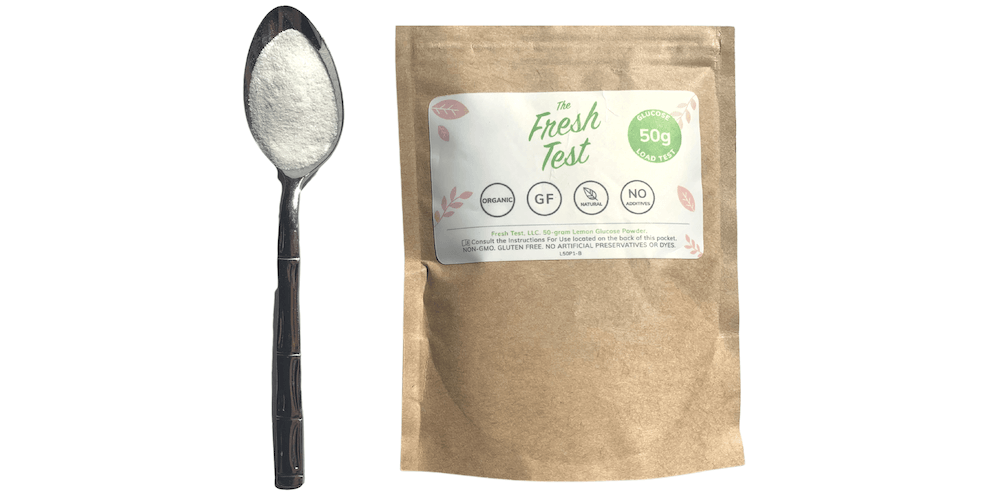
Best Glucose Test Alternatives
By far, the best glucose test alternative on the market is: The Fresh Test.
#1 – The Fresh Test
The Fresh Test Ingredients
It’s made with only three natural ingredients and is free of any unnecessary additives. It comes in a white crystalline powder. The Fresh Test is made from…
- Organic Non-GMO Glucose (derived from either corn or tapioca)
- Crystallized Lemon (citric acid, lemon oil, lemon juice)
- Organic Peppermint Leaf extract
… Notice the major difference in ingredient quality?! No nasty dyes or preservatives.
Three Different Offerings
The Fresh Test offers both 50-gram, 75-gram, and 100-gram glucose products, so you can choose what you need for your specific test requirements.
Why The Fresh Test Is A Better Option
Let’s dive into why The Fresh Test can be a better option compared to the conventional glucose drink.
- It’s void of preservatives and genetically modified ingredients
- To learn more about genetically modified ingredients, check out: 13 Pros And Cons Of GMOs (Backed By Evidence)
- They adhere to good manufacturing practices (cGMP) and all Food & Drug Administration (FDA) regulations.
- They meet the criteria set by the American Diabetes Association for the screening & diagnosis of gestational diabetes mellitus
- Their products are certified in 3rd party ISO 17025-compliant laboratories for each batch
- The company is open & transparent about all Certificates of Analyses (COAs) and safety reports
- I reviewed their 2022 3rd party Certificate of Analysis and Safety Data Sheet. Both looked great and very transparent! They were open and honest with all testing reports.
Of course, consuming that much sugar (99% dextrose) in a short amount of time, regardless of the method, can potentially lead to side effects. But opting for one that is free of nasty additives is the best alternative.
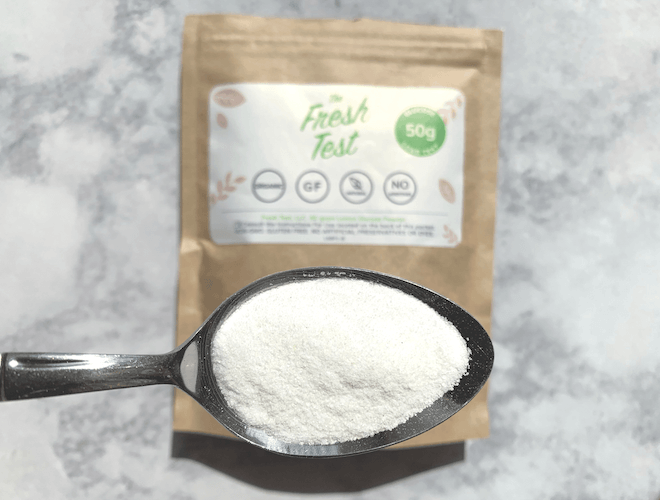
#2 – Non-GMO Licorice Or Jelly Beans
If you’re not comfortable drinking a solution, you can ask your doctor about the jelly bean or licorice test. Of course, opt for higher-quality jelly beans that are free of any artificial colorants. A 1999 study (… yes, it’s on the older side) showed that jelly beans can act as an alternative to a fifty-gram glucose test. [23] Some OBGYNs say that 28 dye-free jelly beans can help and be more palatable to some mamas-to-be. Twizzlers were also tested in 2013 as a great alternative. [24]
This isn’t 100% foolproof though. Unlike The Fresh Test, you’ll have to mentally calculate exactly how much sugar is in each jelly bean or licorice stick.

#3 – Glucometer Monitoring
Another option is to use a glucometer. Using a glucometer is a more timely process, however, it’s simple and accessible. This is a finger-prick device that’s used to measure blood sugar in diabetics. It’s regularly available online but speak with your doctor to find the most effective option.
With this process, you would test your blood sugar first thing in the morning (after fasting overnight), right before lunch, as well as one, two, and three hours after lunch.
Ideally, your blood sugar should read:
| Marker | Ideal Levels |
| Fasting Blood Glucose | <86 mg/dL |
| OGGT post-meal (after 1 hour) | <140 mg/dL |
| OGGT post-meal (after 2 hours) | <120 mg/dL |
| OGGT post-meal (after 3 hours) | Baseline reading |
You don’t want your blood sugar to rise over 140 mg/dL after an hour after a meal. You also want it to drop under 120 mg/dL after two hours, then returning back to baseline levels.
Pricking your finger on a regular basis, though, isn’t very fun. It can be uncomfortable for many. They also have a margin of error (usually about 10%), so it’s not always 100% accurate. [25]
Lastly, there are also some doctors who support eating a carbohydrate-rich breakfast or a candy bar as an alternative to the glucose drink. Others will support Hemoglobin A1C testing. Talk to your doctor for the best option for YOU – you have options. Speak with your doctor or OBYGN before opting for any alternative.
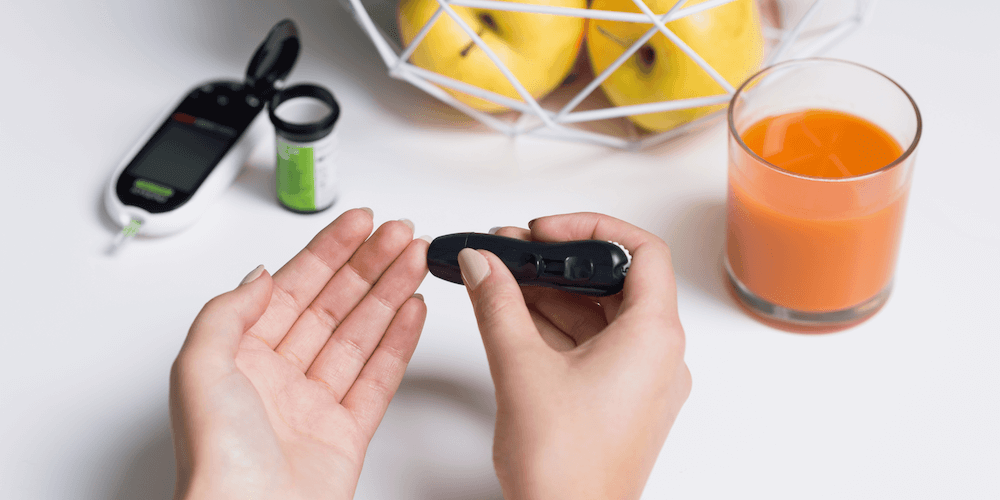
Final Thoughts – Glucose Test Ingredients
If you’re a pregnant mama-to-be, I highly recommend opting for a better glucose test, like The Fresh Test. I don’t recommend skipping it altogether – there are a LOT of potential health issues that can arise if you have GD. It isn’t something to dismiss.
It’s best to avoid unnecessary additives, preservatives, and food dues while pregnant. Why not opt for a better option?! What goes IN, on, and around your body matters… especially while pregnant. Stay informed – you are your own best advocate. Don’t allow any health professional to pressure you into doing something you’re not comfortable with, especially when you have other options.
As always, be sure to work with your doctor & OBGYN to develop a plan that’s right for you and your baby.
⬇ Pin this Pregnancy Glucose Drink pic on Pinterest for future reference! ⬇

Frequently Asked Questions – Glucose Test Ingredients
Click on the below FAQs to learn more about Glucola, Gestational Diabetes Testing, Glucose tolerance test when pregnant,
Is there a healthier alternative to GTT?
Can you skip the glucose tolerance test?
How accurate is a glucose tolerance test in diagnosing diabetes?
What are the potential risks or complications of a glucose tolerance test?
Would you try this glucose test alternative?
Let me know your thoughts and key takeaways in the comments below!
You can watch our web story here.
xoxo,

Want to read more? Check out my other articles here!
Other references on Glucose Test Ingredients: The Fresh Test, CDC, Food Babe, Thermo Scientific Glucose, Detoxinista, Mercedes Scientific, Sarah Bridgeman, ADA, CryoCell, CSPINET, Wellness Mama, Chris Kresser, Mama Natural, Mark’s Daily Apple, Branch Basics, What To Expect, Baby Chick, Redhead Bay Mama, OBGYN of Hampton, Maximized Chiro, Mommypotamus, Romper, Food Network, Birthing Balance, Aviva Romm, Scientific American, Green Child Magazine, Rebooted Mama, Miracle Cord, Sarah Bridgeman, Essentially Erin, The Bump, Novant Health, Mount Sinai, Mercedes Scientific, Kitchen Stewardship
Copyright In On Around LLC 2023 ©. The statements made on this website have not been evaluated by the FDA (U.S. Food & Drug Administration). They are not intended to diagnose, treat, cure, or prevent any disease. The information provided by this website should not be used as individual medical advice and you should always consult your doctor for individual recommendations and treatment. The information contained in this site is provided on an “as is” basis. Related to this site, there are no guarantees of completeness, accuracy, usefulness, or timeliness. In On Around LLC assumes no responsibility or liability for any errors or omissions in the content of this site.

